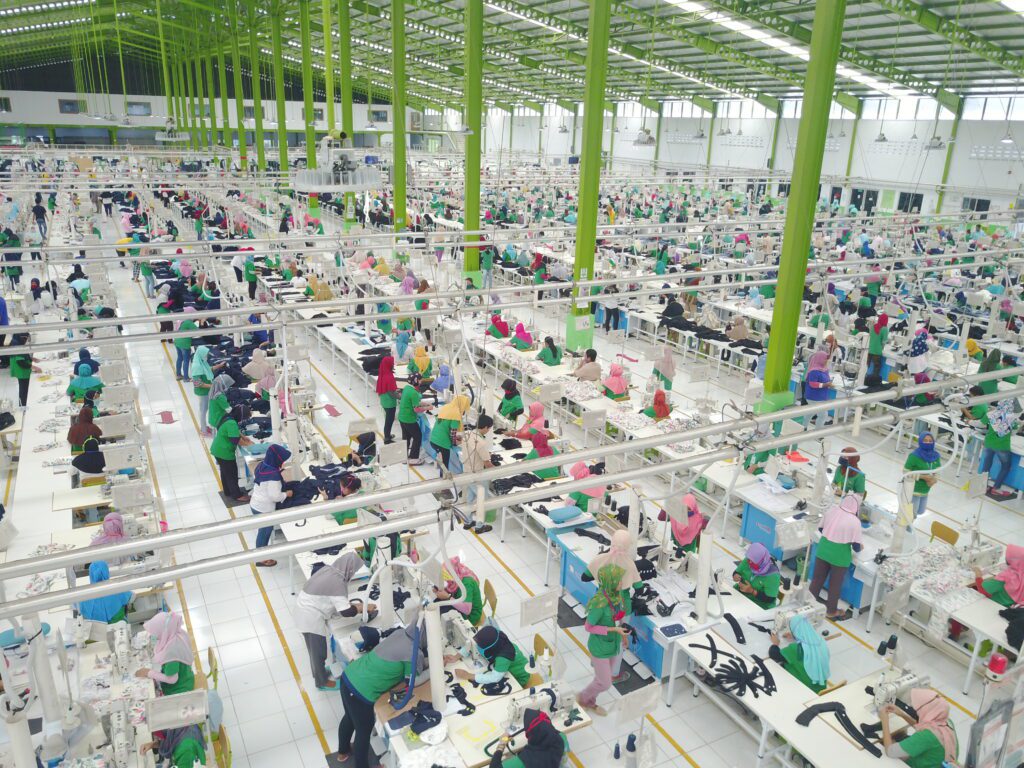Scaling Circularity: A Policy Perspective


‘Circular fashion’ was coined in 2014 and has since become commonplace in fashion’s sustainability lexicon. In essence, a circular fashion system flips the script on the conventional ‘take, make, dispose’ fashion model and imagines a world in which all garments are continuously recycled, reused or biodegraded or composted back into our earth.
As the concept continues to gain traction, it is crucial that ‘circularity’ doesn’t just become another buzzword that is loosely embedded into small corners of brands. Policy can play an important role in incentivising the concept on a greater scale and unlocking the full potential of circularity.
Between October 2020 and December 2021, our Circular Fashion Partnership facilitated circular commercial collaborations between textile and garment manufacturers, recyclers and fashion brands operating in Bangladesh. Global Fashion Agenda leads the project in collaboration with REVERSE RESOURCES and BGMEA and with the support of P4G. Based on these invaluable learnings, the CFP has developed a Policy Brief on scaling circularity in garment manufacturing countries, such as Bangladesh.
The Policy Brief presents the opportunity and importance of valorising post-industrial textile waste and scaling of domestic recycling in manufacturing countries like Bangladesh. It also examines how political barriers must be addressed to create a supportive environment for investment and an effective circular infrastructure.
The hope is that policymakers, regulators and industry stakeholders will keep these considerations in mindwhen working towards a circular fashion system.
The Policy Brief provides in-depth recommendations to policymakers at a regional or national level in manufacturing countries, such as Bangladesh, whilst also providing recommendations to EU and international policymakers. Below we outline just some of the key takeaways, but the Policy Brief can be read in full here.
– Keep the global nature of the textile value chain in mind, which is located – to a large extent – outside the EU and is essential for the income of millions of people while developing national and regional circularity policies.
– Include reducing the need for virgin materials and targeted investment to attract and scale innovation and recycling facilities in manufacturing countries in the forthcoming EU Textiles Strategy.
– Foster the creation of more high-quality jobs and sustainable social value to manufacturing countries, through training and upskilling workers. The CFP requests the EU extends its work on skills to production countries, for instance under its Pact for Skills.
On 22 February 2022, we hosted an OECD Forum on Due Diligence in the Garment and Footwear Sector Side Session: ‘Exploring the potential to capture value and reduce resource dependency through circular fashion systems in garment manufacturing countries’.
Through sharing learnings from the CFP, the session focused on the impact potential, business case and the key barriers that need to be addressed in supranational and European level policy making, to attract investment, scale recycling and enable effective, inclusive circular infrastructures in garment manufacturing countries.
Watch the session here.
The recommendations are based upon findings of the first iteration of the CFP – the results of which are outlined in Global Fashion Agenda’s Scaling Circularity report.
The report, written with GFA’s Strategic Knowledge Partner, McKinsey & Company, concludes that the fashion industry could become 80% circular by 2030 if there is increased investment in existing recycling technologies and infrastructures.
It demonstrates that pre-competitive collaborations can play a critical role in accelerating the industry’s transition to sustainable and inclusive growth, focusing on the case study of textile recycling. Moreover, the report revealed that all major recycling technologies are found to have a better environmental impact across GHG emissions, water depletion and land use. Plus, all technologies can become more cost-effective than using corresponding virgin materials if they are scaled.
Download the full report here.